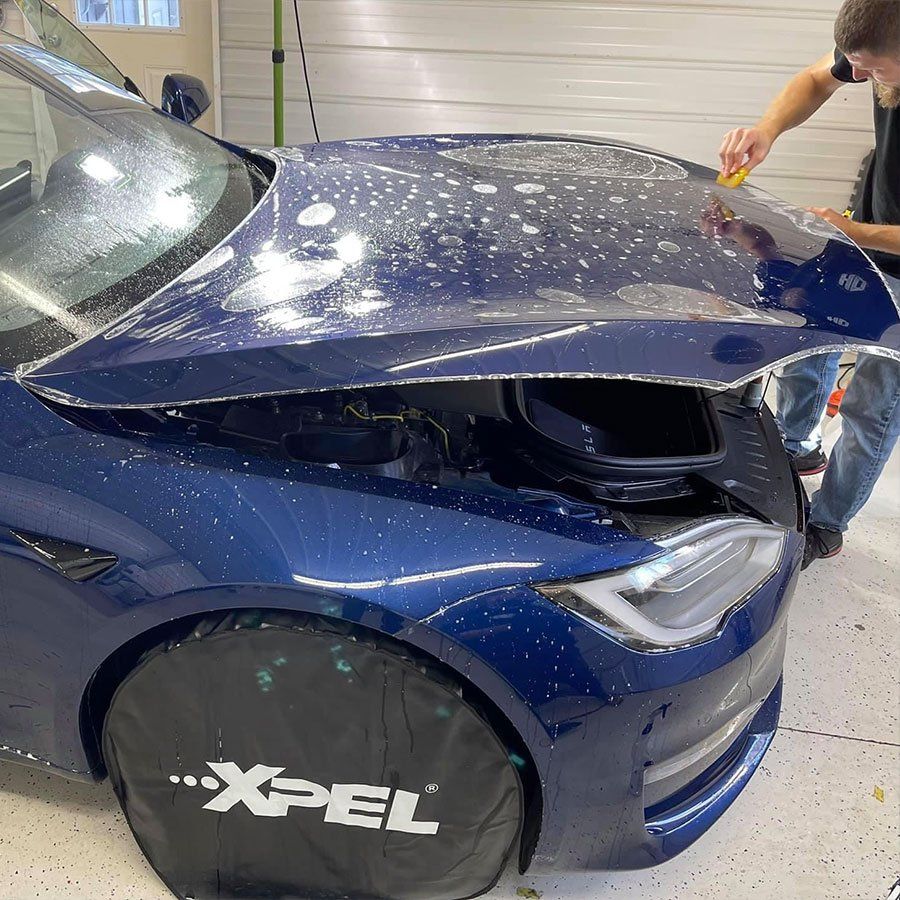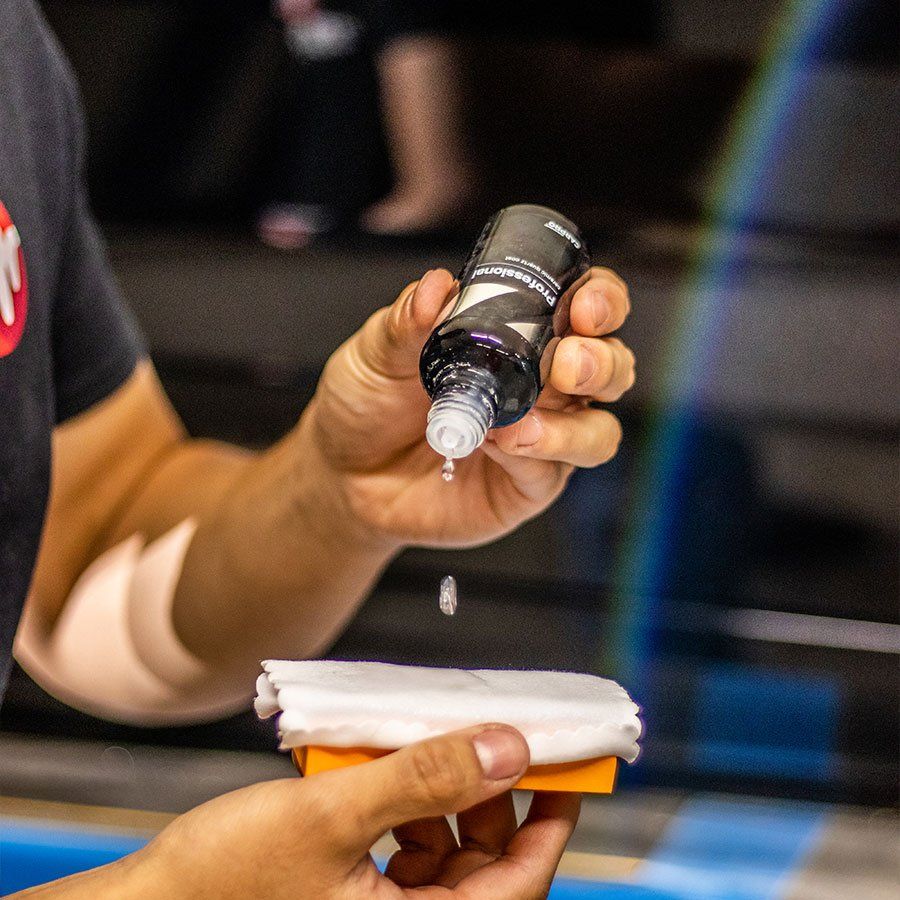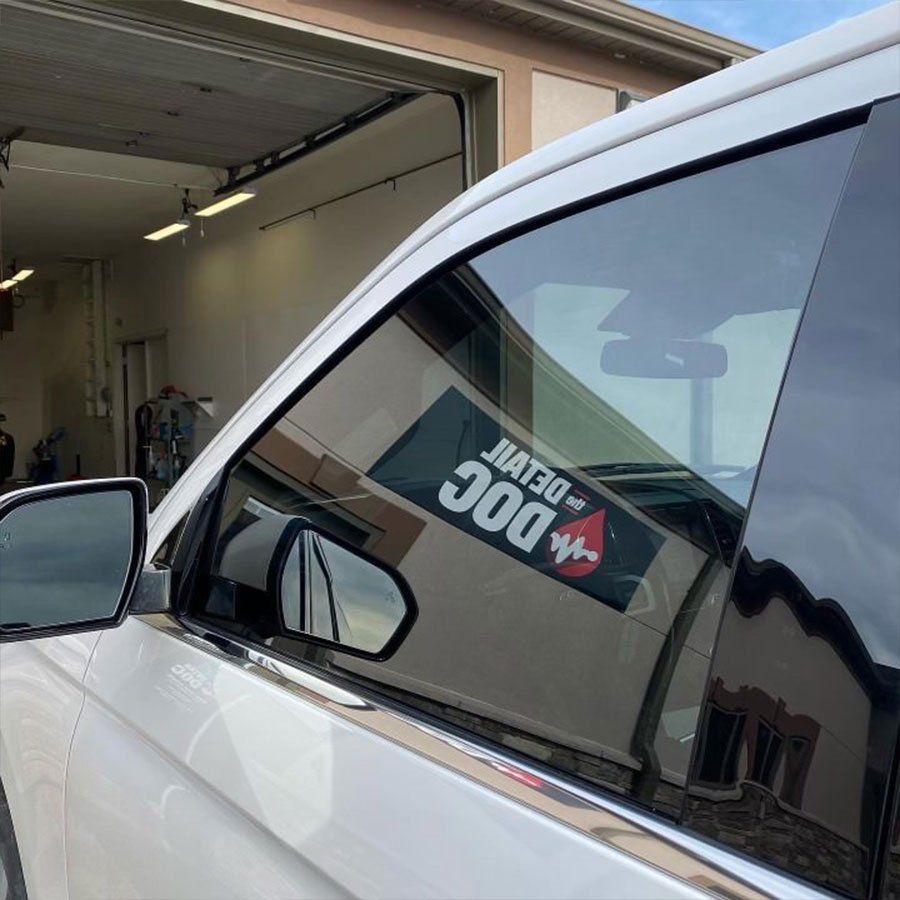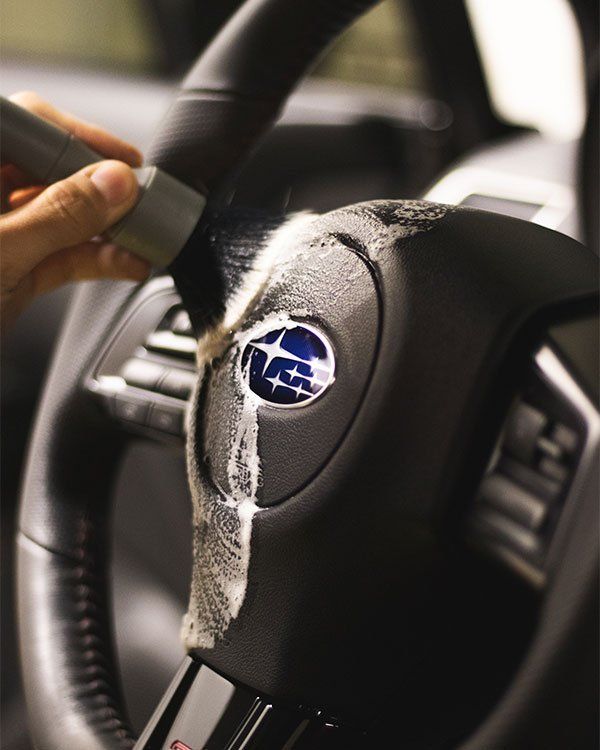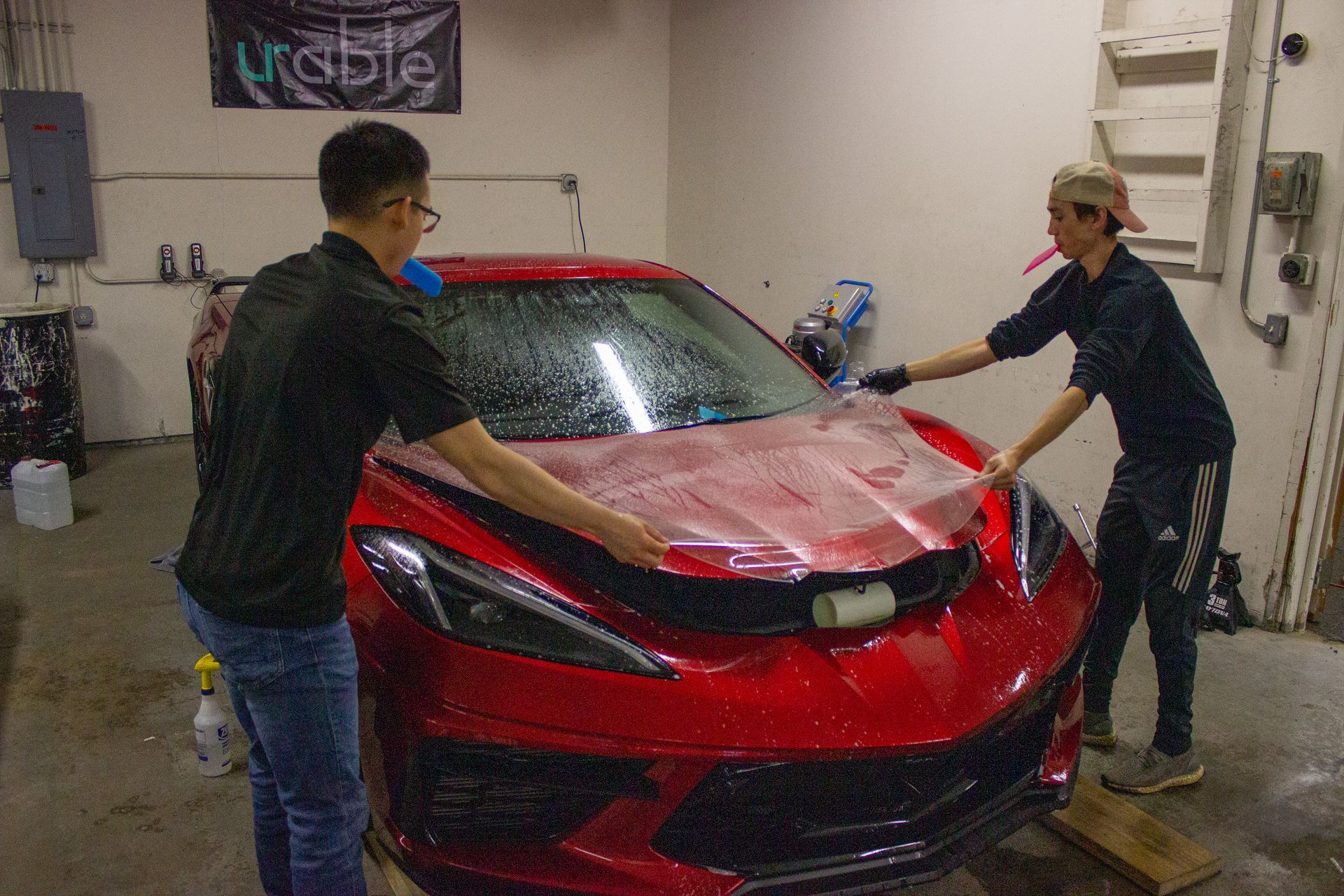The Detail Doc Blog
What Happens When You Neglect Your Ceramic Coating?
(989) 244-0505 GET SCHEDULED NOWWhen it comes to protecting your vehicle, you might think you've got it covered with a ceramic coating. But here's the catch: it requires regular maintenance to remain effective. Just like you can't skip regular check-ups at the doctor and expect to stay healthy, neglecting your car's ceramic coating can lead to real issues down the road. Maybe you've invested time and money to get that shiny coating, but if you don't give it the care it needs, you could end up dealing with unsightly damage and costly repairs. Let’s dive into what happens when you let your ceramic coating slide and how it can impact your beloved ride.
Neglecting your ceramic coating can lead to a deterioration of its protective properties, such as reduced hydrophobicity, which makes your vehicle more susceptible to water spots, dirt buildup, and damage from environmental contaminants like bird droppings and UV rays. Over time, this neglect can result in costly repairs or reapplication, as the effectiveness of the coating significantly diminishes without proper maintenance.
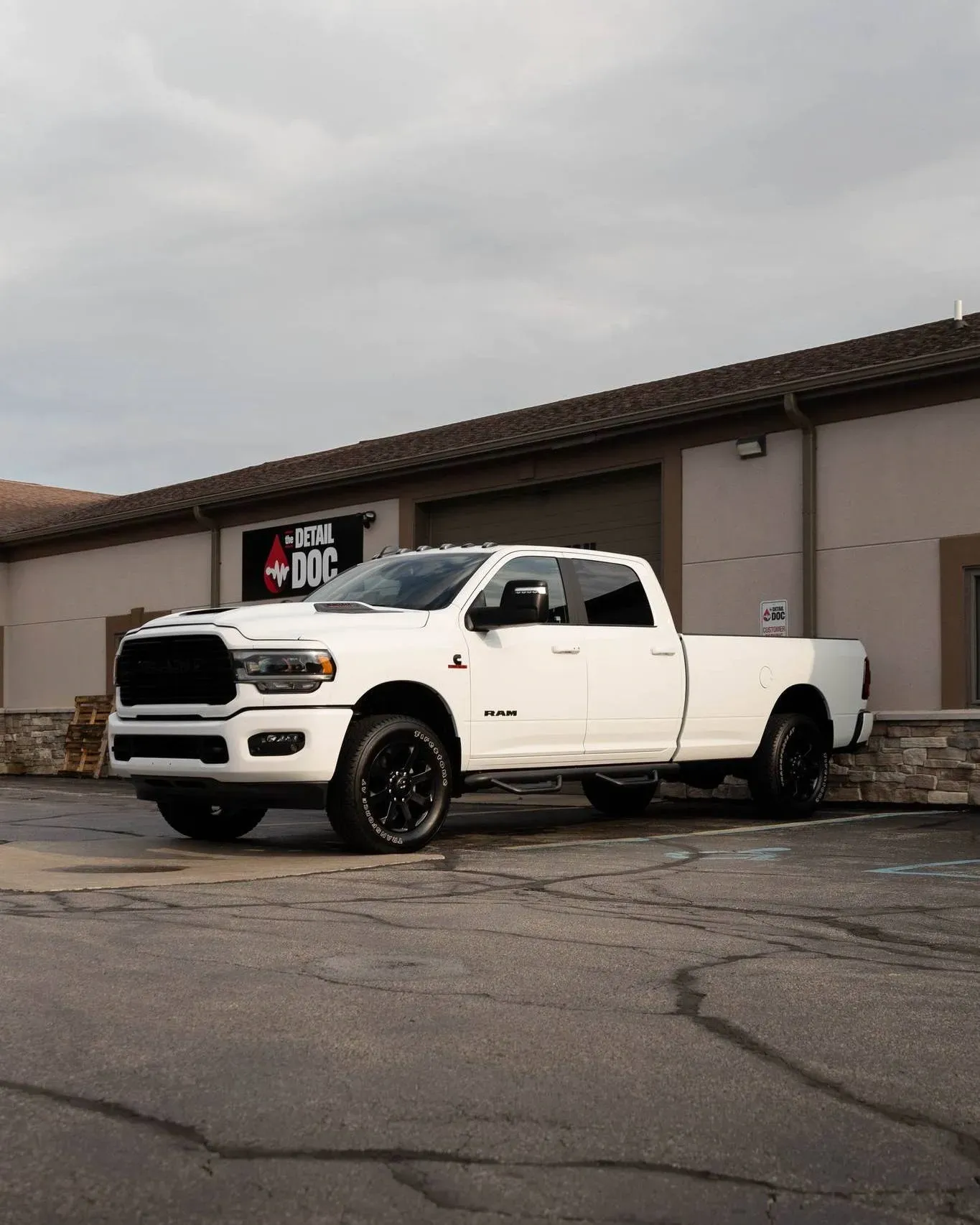
Signs of Neglecting Your Ceramic Coating
One of the most obvious signs that your ceramic coating needs attention is the appearance of dullness. When the coating is properly maintained, it enhances the vehicle's shine, giving it a polished and sleek look. However, as the coating begins to break down from neglect, you'll see a notable loss in that glossy finish. Instead of reflecting light with a vibrant gleam, the surface may appear muted and lifeless. This dullness can be disheartening for any car enthusiast who has poured time and care into their vehicle's aesthetics.
Another telling sign is the presence of persistent water spots. A healthy ceramic coating exhibits hydrophobic properties, causing water to bead up and roll off without leaving marks behind. Yet, if you start to see these unsightly spots—especially after rainfall or washing—it indicates that something is amiss. The coating is likely losing its protective capabilities, making the paint more susceptible to environmental contaminants such as dirt, pollen, and even bird droppings.
Moreover, if you rub your hand gently across the car's surface and experience a rough texture—rather than the smoothness you'd expect—it’s an immediate warning signal that negligence has taken its toll.
This rough feel suggests that contaminants have bonded more strongly to a weakened ceramic layer. Without proper care, over time, not only will cleaning become increasingly labor-intensive (as debris will cling tighter), but you may also face detrimental effects like etching or staining on your paint that could require professional restoration services.
Beyond just visible signs, neglecting your ceramic coating can lead to a range of issues that threaten both appearance and long-term durability.
A neglected ceramic coating can also result in a striking loss of hydrophobicity. Typically, when well-maintained, coatings maintain a water contact angle between 100-110 degrees. Post-neglect, this angle can drop significantly, anywhere from 70-80 degrees or lower. This shift means water no longer beads off so seamlessly; instead, it hangs around longer before evaporating, often leading to stubborn stains that create an eyesore on your beautiful paintwork.
Lastly, if you notice signs of oxidation, it's crucial to assess your maintenance habits immediately. While a healthy coat can protect your vehicle's paint for five to seven years against UV rays and other elements, lack of care can lead to oxidation within one or two years—a stark contrast! Oxidized surfaces compromise aesthetics and degrade underlying paint layers over time.
Recognizing these clear indicators serves as your first step towards preserving your vehicle’s finish while mitigating potential damage from external factors.
Consequences of Environmental Damage
Neglecting the care of your ceramic coating allows environmental aggressors like UV rays, acid rain, and bird droppings to directly impact your vehicle's aesthetic and protective qualities. When a ceramic coating is untouched and unmaintained, it loses its crucial protective barriers, making the paint beneath increasingly susceptible to damage.
Acid rain is particularly insidious because it contains various harmful chemicals like sulfuric and nitric acids. These can etch into the paint, especially when paired with contaminants such as tree sap or bird droppings.
If left on the surface of your vehicle too long—sometimes just a week—these substances begin their damaging work, eating away at the paint and affecting its visual integrity. In fact, numerous detailing experts have noted cases where individuals faced severe financial repercussions due to ignoring these symptoms; one documented case revealed that a car owner had to shell out thousands in repair costs after allowing bird droppings to cake onto their vehicle’s surface.
Beyond these immediate threats, environmental damage often leads to a more rapid deterioration of the ceramic coating itself. Once its hydrophobic properties are compromised from neglect, your coating will no longer repel water effectively. Instead of rolling off like beads as they should, water begins to pool and linger on the surface, inviting potential contaminants—which further set in grime and dirt—to accumulate over time.
Without regular maintenance, vehicles may experience an increase in etching from corrosive materials within the first year alone. Consequently, this failure not only diminishes the efficacy of your protective layer but also opens a Pandora's box of challenges down the road. Regular maintenance becomes paramount not just to preserve that stunning shine but to address these lurking threats that can culminate in significant restoration expenses.
Grasping these consequences reveals why timely action is so critical for your vehicle’s health. The impacts of neglect transition us into yet another concern related to maintaining your car's protective coating.
Increased Susceptibility to Swirls and Contaminants
Regular upkeep is essential when it comes to maintaining the protective qualities of your ceramic coating. Neglecting this maintenance can create vulnerabilities in the coating, similar to how gaps in armor expose a knight to harm. When your vehicle's ceramic coating isn't properly cared for, it becomes more susceptible to swirls from everyday debris like small stones, dirt, and even tree branches that might brush against your car. It's like inviting trouble; minor contaminants that would typically just slide off can become firmly lodged into the paintwork, leading to irritating superficial swirls that compromise not just the look but the integrity of your vehicle.
Imagine you're wearing a protective jacket, but after a few weeks without cleaning, it starts to fray and lose its waterproof coating. Suddenly, droplets of rain seep through, leaving you drenched. The same principle applies here—over time, dirt, grime, and other contaminants accumulate on an unmaintained ceramic coating. If not taken care of promptly, these substances begin etching into the surface and eroding the paint beneath. Substances like road salt and industrial pollutants are particularly troublesome; if your vehicle isn't regularly washed or maintained, they can gain a stronghold in any microscopic imperfections.
Hence, regular maintenance not only helps maintain the pristine look of your vehicle but greatly enhances its durability against environmental stressors. By ensuring that you address small cleaning tasks consistently—using specialized products designed for ceramic coatings—you extend the lifespan of both the coating and your car's paint.
In addition to preserving aesthetics and integrity, ongoing care plays a pivotal role in preventing financial burdens due to future damage from neglecting ceramic coatings.
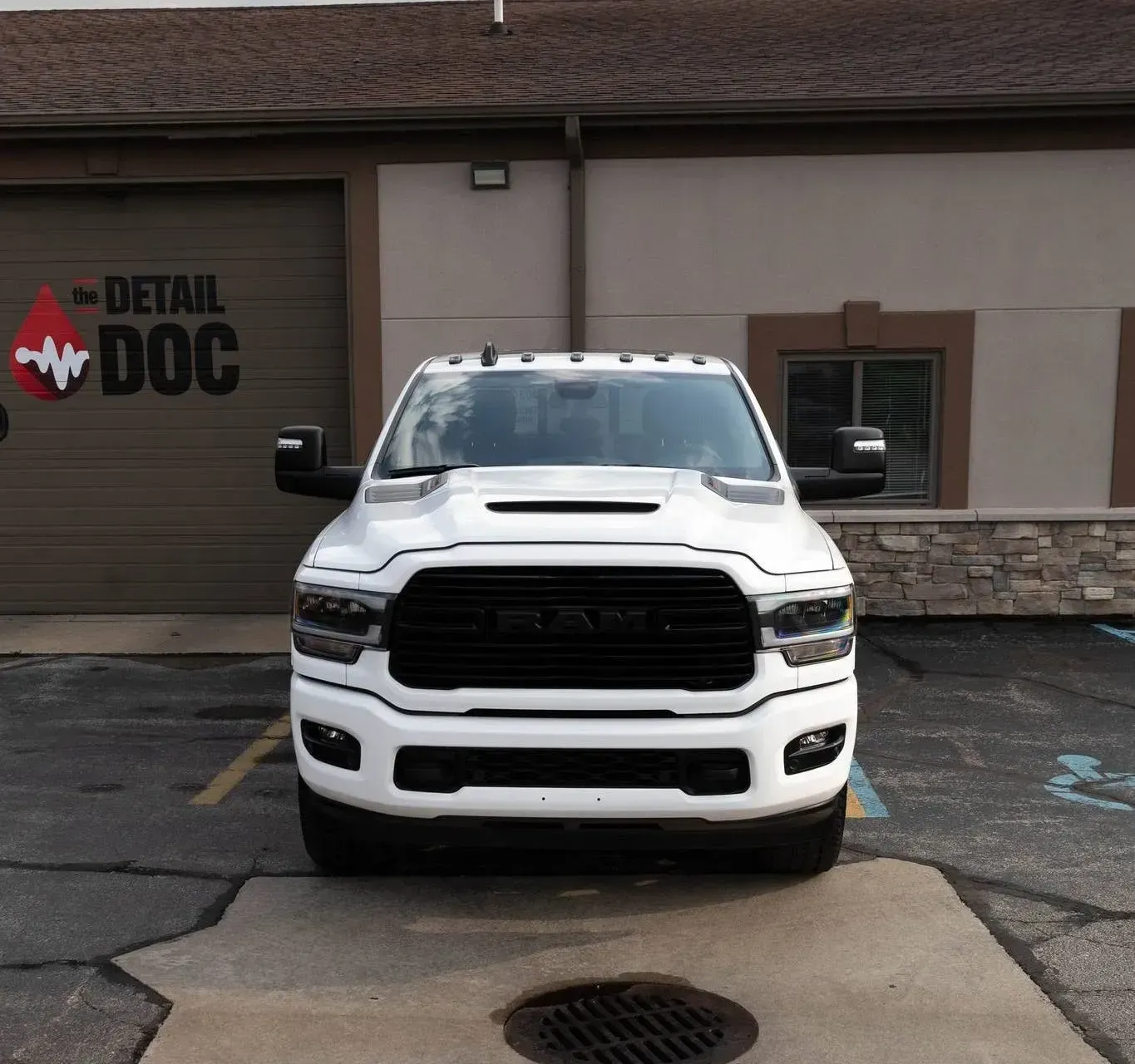
Cost Implications of Neglect
When it comes to caring for your vehicle, failing to regularly maintain your ceramic coating can lead to serious financial consequences. We often underestimate the impact that a little neglect can have on our wallets until it's too late.
Think about it: restoring a car's paint due to coating degradation may cost between $500 to $2,500, depending on how much damage has occurred and the services required. This doesn't take into account any potential loss in resale value, which typically drops between 10-20% for vehicles showcasing visibly damaged paint—this can mean losing up to $5,000 on a car that might otherwise retain its value.
With a clearer understanding of the financial implications tied to neglecting ceramic coatings, we can shift our focus toward effective strategies aimed at protecting our investments and ensuring the longevity of our vehicle’s appearance.
Essential Maintenance Tips
Regular maintenance of your ceramic coating goes beyond the mere aesthetics of a shiny vehicle; it plays a crucial role in extending the life of the coating itself. First and foremost, washing your car every two weeks with a pH-balanced ceramic-safe shampoo is essential. These specialized shampoos are formulated to clean effectively without stripping away the protective features that your ceramic coating provides. It’s important to use a quality product to maintain that hydrophobic effect—after all, who wants water spots on their freshly washed ride?
When it comes to washing techniques, steer clear of automatic car washes that rely on abrasive brushes, as these can create swirls across your coating. Instead, opt for touchless systems when available or take the time to wash your vehicle manually. Utilizing two buckets—one for a soapy solution and another for rinsing—can keep dirt and grime from maring your surface while cleaning.
Once you've washed your car, drying it properly is equally important. Use high-quality microfiber towels designed specifically for automotive use. These towels not only absorb moisture effectively but are also gentle enough to prevent swirls that can occur if you were to use regular cotton towels or even paper products. Always pat rather than drag the towel across the surface, reducing the risk of creating surface imperfections.
By adhering to these straightforward yet impactful maintenance strategies, you're not just keeping your vehicle looking pristine; you're actively safeguarding it against potential damage while enhancing longevity.
Keeping Your Ceramic Coating Durable
The durability of a ceramic coating lies in how well it is maintained. When you invest in such a coating, you're not just enhancing your car's visual appeal; you are also safeguarding it from harmful environmental factors. However, neglecting proper maintenance can lead to a decline in performance, leaving your vehicle vulnerable to contaminants like dirt, bird droppings, and UV rays that can wear down the coating over time. This highlights the importance of establishing a committed maintenance routine.
One effective approach to prolonging the life of your ceramic coating is to regularly assess its hydrophobic properties. If you notice that water no longer beads off as it used to, it’s time to apply a new layer. Additionally, allowing your freshly applied ceramic coating adequate time to cure—ideally keeping your vehicle indoors for at least 24-48 hours post-application—is crucial for achieving optimal adhesion and longevity.
Beyond washing and drying, applying a specialized ceramic maintenance spray every four to six months serves as an excellent way to refresh and reinforce the ceramic layer. This spray revitalizes the hydrophobic qualities that protect against water spots and stains, ensuring that your vehicle continues to shine beautifully while being shielded from harmful elements.
By diligently following this disciplined maintenance schedule, you’ll help preserve the integrity of the ceramic coating for years to come. Not only will your vehicle look good, but you'll also save on potential repair costs associated with neglecting its care.
In summary, maintaining your ceramic coating is integral to its performance and longevity. Regular inspections and adherence to the recommended schedule can prevent costly repairs and keep your vehicle looking pristine. For personalized advice on how to care for your ceramic coating, reach out to us at The Detail Doc or call (989) 244-0505.

